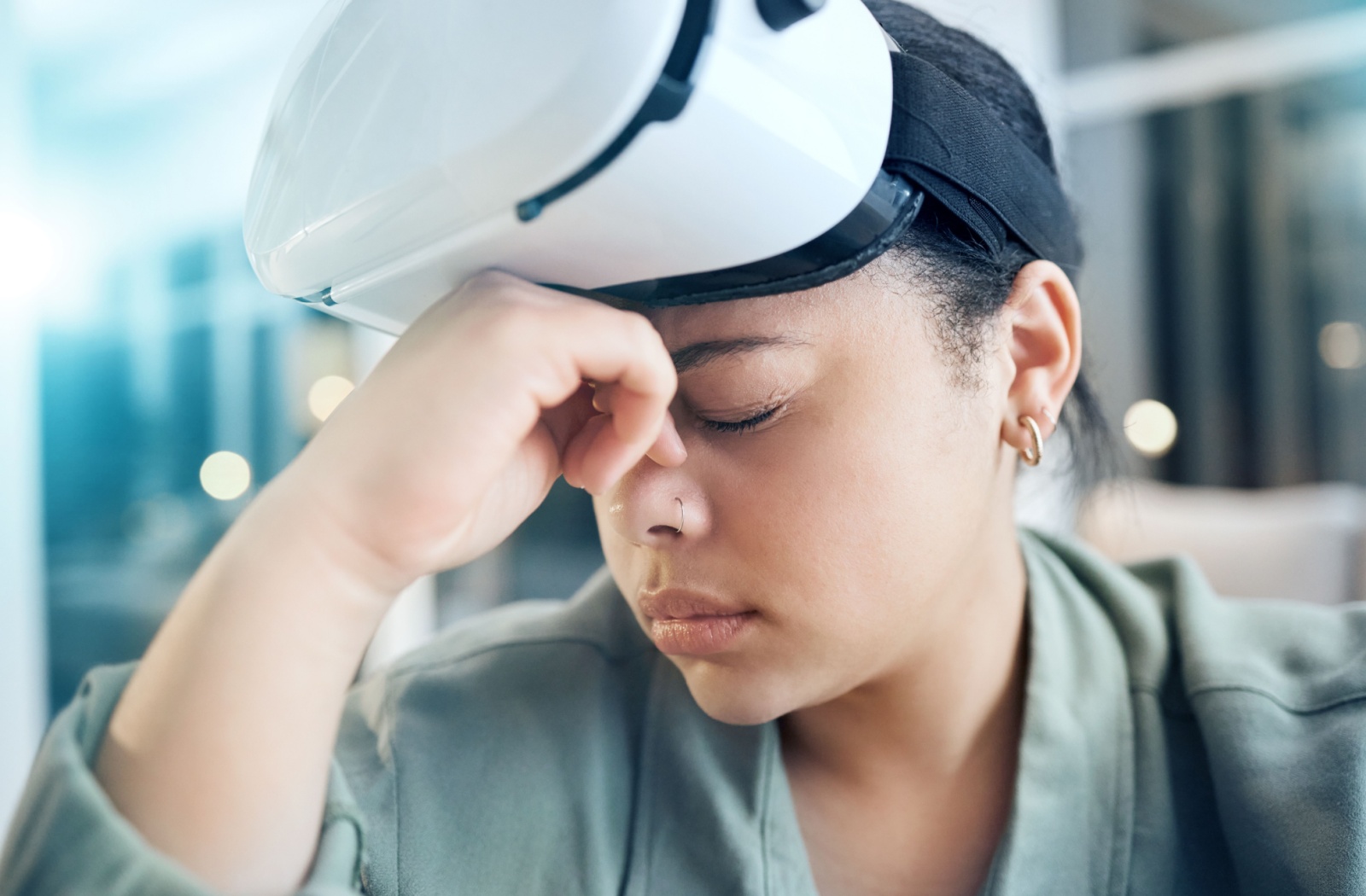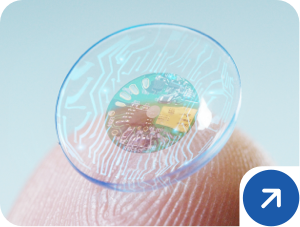With the introduction of more affordable and accessible VR headsets, virtual reality (VR) technology has exploded in popularity in recent years. As a result, there are growing concerns about the potential negative effects of virtual reality on our eyes.
One of the most common concerns about VR is that it can cause eye strain or fatigue. This is due to the fact that VR headsets typically require users to focus their eyes at a fixed distance for prolonged periods of time. This can lead to symptoms such as headaches, blurred vision, and dry eyes.
Some experts are concerned about the potential long-term effects of VR on developing children’s eyes, such as impacts on depth perception and eye coordination. While research is limited, adjustable lenses and regular breaks in VR experiences may mitigate these issues. Current evidence seems to suggest that there is long-term damage from VR, and that symptoms like eye strain or motion sickness can be minimized with proper use and moderation.
Understanding Virtual Reality
Virtual reality refers to computer-generated environments or simulations that can be experienced through head-mounted displays (HMDs) or other devices. These devices typically use screens or projectors to display images in front of the user’s eyes, creating a sense of immersion and presence in the virtual world.
One reason VR may cause eye strain is because of the increased amount of visual information that our eyes are processing in VR compared to traditional screens. In a virtual environment, our eyes must constantly adjust to different depths, angles, and movements, which can be exhausting for some individuals.
Understanding Digital Eye Strain
Digital eye strain, also known as computer vision syndrome, is a term used to describe the discomfort or fatigue that can occur after prolonged use of digital devices. This can include symptoms such as eye strain, dry eyes, headaches, and neck pain.
Research has shown that adults who spend more than 2 hours per day using digital devices are at a higher risk for developing digital eye strain. With the rise of technology and screen usage in our daily lives, it’s important to be aware of how much time we spend on screens and take breaks to rest our eyes.
Tips for Reducing Eye Strain in VR
While there is no proven long-term damage from using VR, there are some steps you can take to reduce eye strain and fatigue while using VR:
- Make sure your headset is properly adjusted: A poorly fitted headset can put unnecessary strain on your eyes and cause discomfort. Adjust the straps and lenses to fit comfortably on your head.
- Adjust your settings: Some VR headsets allow you to adjust the distance between the lenses to fit your individual eye spacing. This can help reduce eye strain and improve focus.
- Take regular breaks: Just like with any screen, it’s important to take breaks to give your eyes a rest. Every 20 minutes or so, take a few minutes to look away from the VR headset and focus on something in the distance.
- Limit your usage: It’s recommended that you limit VR sessions to no more than 30 minutes at a time, especially for children. If you’re experiencing symptoms of eye strain or discomfort, take a longer break before returning to VR.
- Adjust brightness and contrast: The brightness and contrast settings of your VR headset can have a significant impact on eye strain. Find the right balance for your eyes to avoid straining them.
- Use blue light filters: Some VR headsets come with blue light filters, which help reduce the amount of harmful blue light that reaches your eyes. If your headset doesn’t have this feature, you can also use external blue light filter glasses while using VR.
- Keep lenses clean: Dirty or smudged lenses can cause eye strain and discomfort. Regularly clean them with a microfiber cloth to ensure clear vision.
- Consider blinking exercises: When using VR, our natural tendency is to keep our eyes wide open and focused. This can lead to dry eyes, so remember to blink regularly to keep your eyes lubricated.
Enhancing Eye Health in the Age of Virtual Reality With West Coast Optical
Virtual reality offers a unique and immersive experience, but it’s important to take care of your eyes while using it. By following the tips listed above and being mindful of your usage time, you can reduce eye strain and discomfort while enjoying all that VR has to offer. If you experience persistent symptoms or discomfort, it’s always best to consult with an eye doctor.
At West Coast Optical, we understand the importance of eye health and offer a wide range of vision solutions to keep your eyes comfortable and healthy. Reach out to us today to learn more about our services and how we can help you maintain good eye health while using virtual reality technology.















